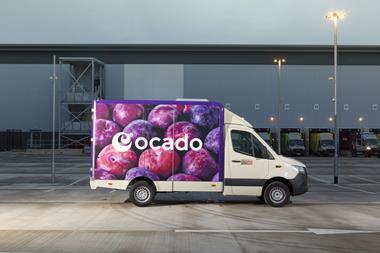
It is no surprise one of the key opportunities for CEOs in 2024 will be understanding how to make the most of AI. According to McKinsey, AI has the potential to create more annual value for retail and consumer packaged goods than any other industry, and of all the company functions, marketing has perhaps the most to gain.
The core activities of understanding the customer mindset, serving the right products and driving purchase intent are all functions AI can dramatically enhance. As businesses progress from standalone task automation (such as dynamic ad copies) to integrated machine learning applications, this curve is where we’ll start to see early adopters diverge from the pack.
To prepare for your next lever of growth, it is a prerequisite to develop a workplace culture that encourages learning and change. This will ultimately determine your long-term advantage: Google data shows speed of execution plays a big part in its success.
Leaders should think about how to instil the behaviours of testing, learning and scaling in a way that enables the organisation to move at pace, while managing bureaucracy. This could be having a dedicated testing fund, granting agile processes with simplified decision-making, or setting targets of new channels or formats tested.
Next, make sure you are ready to succeed amid changes to the privacy landscape. With third-party cookies already deprecated in Safari and Firefox, last month Chrome blocked third-party cookies to 1% of users globally, enabling scaled real-world testing. Chrome plans to deprecate all third-party cookies by the end of this year, subject to regulatory oversight and resolution of any remaining competition concerns with the CMA.
Marketers wanting to prepare should acquire durable infrastructures and tools that bridge the loss in visibility of online shopping behaviour. Tools such as ‘consent mode’ allow you to adjust tags based on users’ selected preferences, and enable modelling to recover gaps in conversion signals.
Enhanced conversions is also a feature that can unlock more powerful bidding. It supplements the visibility loss by sending encrypted first-party conversion data in a privacy-centric way, enabling the algorithm to make better informed decisions about how much to bid for ad placements.
Businesses will ultimately see the greatest value by integrating new data sources into machine learning applications. A good way to begin is by tapping into external signals that affect demand, such as trending social discussions, health movements, seasonal activity and weather.
After that, building in proprietary sources will be the key competitive advantage, as models using public information can be copied easily by competitors. Examples of this could be site movements, margin data, inventory days, real-time conversions and profitable audiences. AI-powered products can then use this data to optimise advertising across channels using live consumer demand signals.
Quality of first-party data will be where the battleground is won. Leaders should look to build and advance their customer data platforms, which make sense of customer interactions and transactions. For retailers with a bricks-and-mortar presence, reassess the value exchange to encourage the use of loyalty programmes.
This will help close the loop, tracing the online to offline impact and allowing for hyper-relevant one-to-one marketing experiences. Businesses can then start promotional offers based on individual buying behaviours and testing price elasticity.
By enriching the dataset AI has to tap into, brands can encourage switching and effectively fight for a higher share of wallet or basket size.



















No comments yet